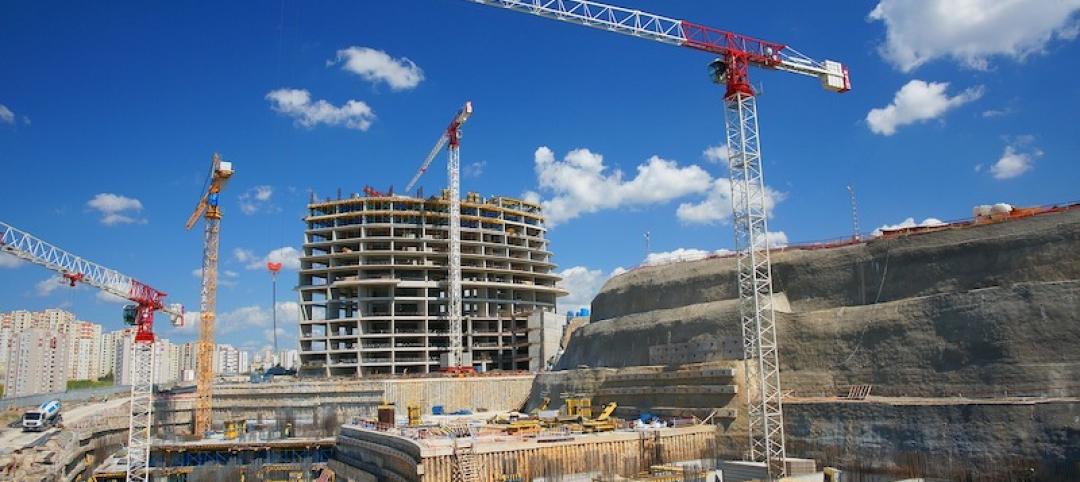The latest version of The Manual on Uniform Traffic Control Devices (MUTCD) is drawing heavy criticism for failing to consider non-automotive road users.
MUTCD is an 862-page engineering manual that governs road markings and signs across the U.S. It carries the power of federal regulation and can shield engineers from liability when someone is hurt or killed.
First published in 1935, the manual has been updated and expanded about once per decade. More than a dozen advocacy groups, including the National Association of City Transportation Officials (NACTO), the League of American Bicyclists, the National League of Cities, the National Safety Council, and America Walks have asked federal transportation leaders to scrap the current draft and start over.
The major complaint: the manual subordinates pedestrian and cycling safety to vehicle throughput, even as U.S. pedestrian and cycling deaths have been mounting. Critics also say the manual is often used to shut down neighborhood-level campaigns for a new crosswalk or bike lane; essentially lets speeding drivers determine the speed limit; and slows the rollout of bus-only lanes.
Related Stories
Codes and Standards | Sep 22, 2021
Group proposes Carbon Use Intensity metric for new buildings
Plan would track embedded carbon on projects.
Codes and Standards | Sep 22, 2021
Illinois’s sweeping climate bill includes statewide stretch code, building electrification measures
Aims for zero-emissions power sector by 2045.
Codes and Standards | Sep 22, 2021
Cities need to step up flood mitigation efforts to save lives
Recent storms highlight climate change dangers.
Codes and Standards | Sep 21, 2021
Steps to improve ventilation for Covid can combat colds and flu
New look at airborne disease spread shows time viruses linger in air may have been underestimated.
Codes and Standards | Sep 15, 2021
USGBC will change leaders, conduct strategic review
Aims to ensure organization is ‘well positioned to scale its work in the post-pandemic world’.
Codes and Standards | Sep 15, 2021
LEED-certified offices earn higher rents than non-sustainable properties
Are also more resilient to dips in real estate market.
Codes and Standards | Sep 7, 2021
Boston turns to developer fees to fund flood protection infrastructure
Assessments on commercial properties will help build seawall and other protective measures.
Codes and Standards | Sep 3, 2021
Low-cost methods can have substantial impact on reducing embodied carbon
Whole-building design, material substitution, and specification strategies can slash carbon by up to 46%.
Codes and Standards | Sep 2, 2021
Case for power resiliency in buildings grows with more disaster and outages
Essential businesses like data centers, hospitals are first adopters of new storage systems.
Codes and Standards | Aug 31, 2021
UK industry group wants mandatory whole-life carbon assessments of buildings
Aims to address hidden emissions embedded in supply chains.

















